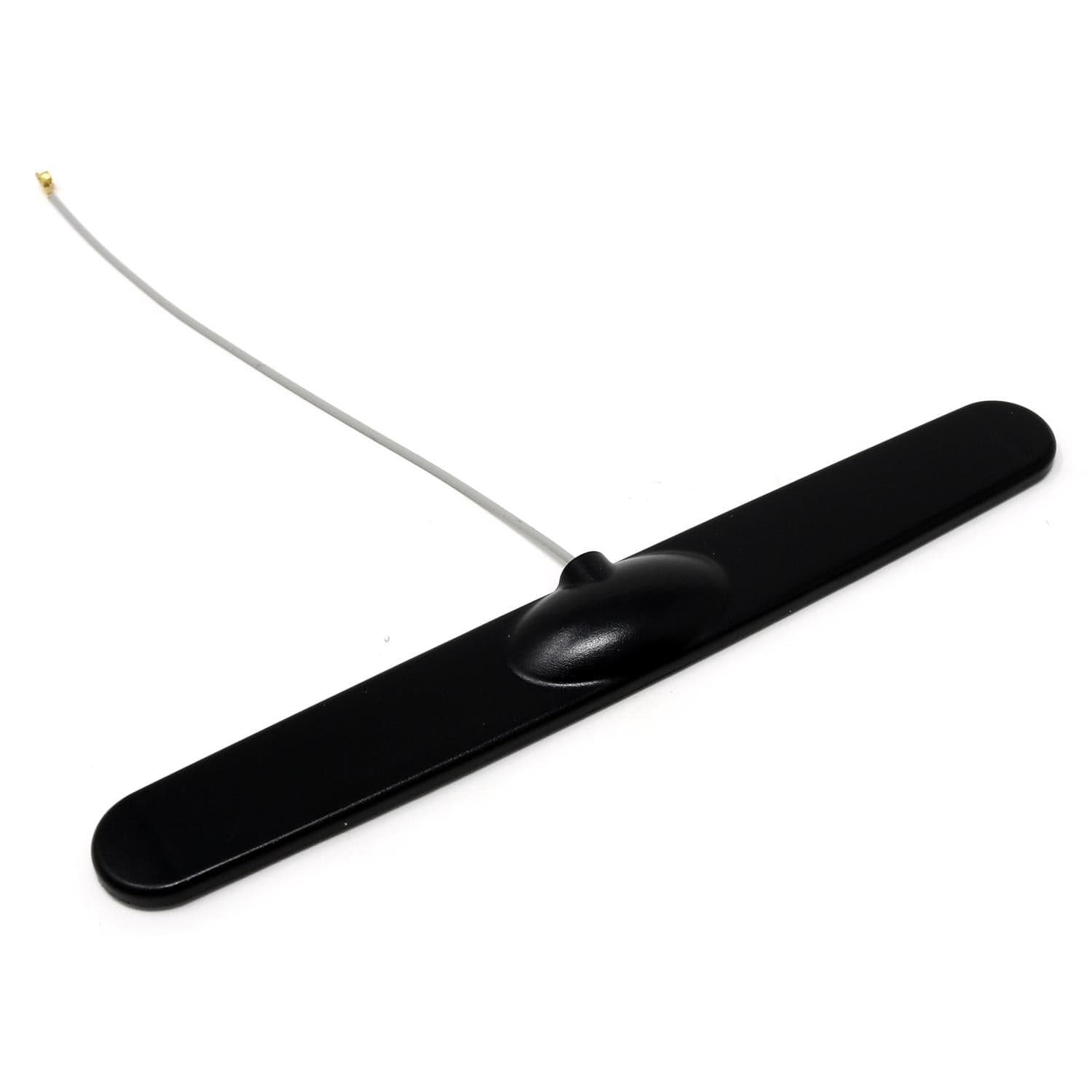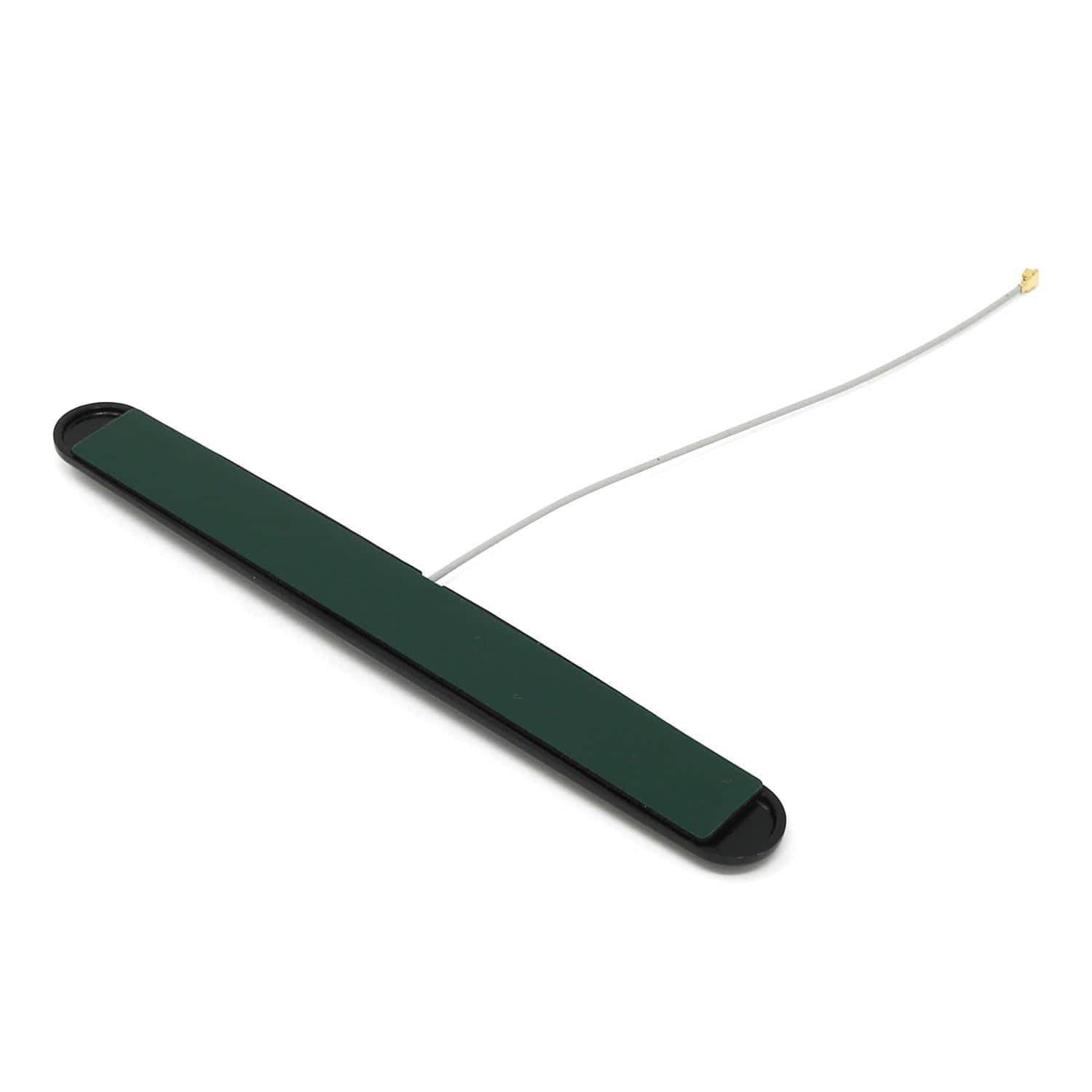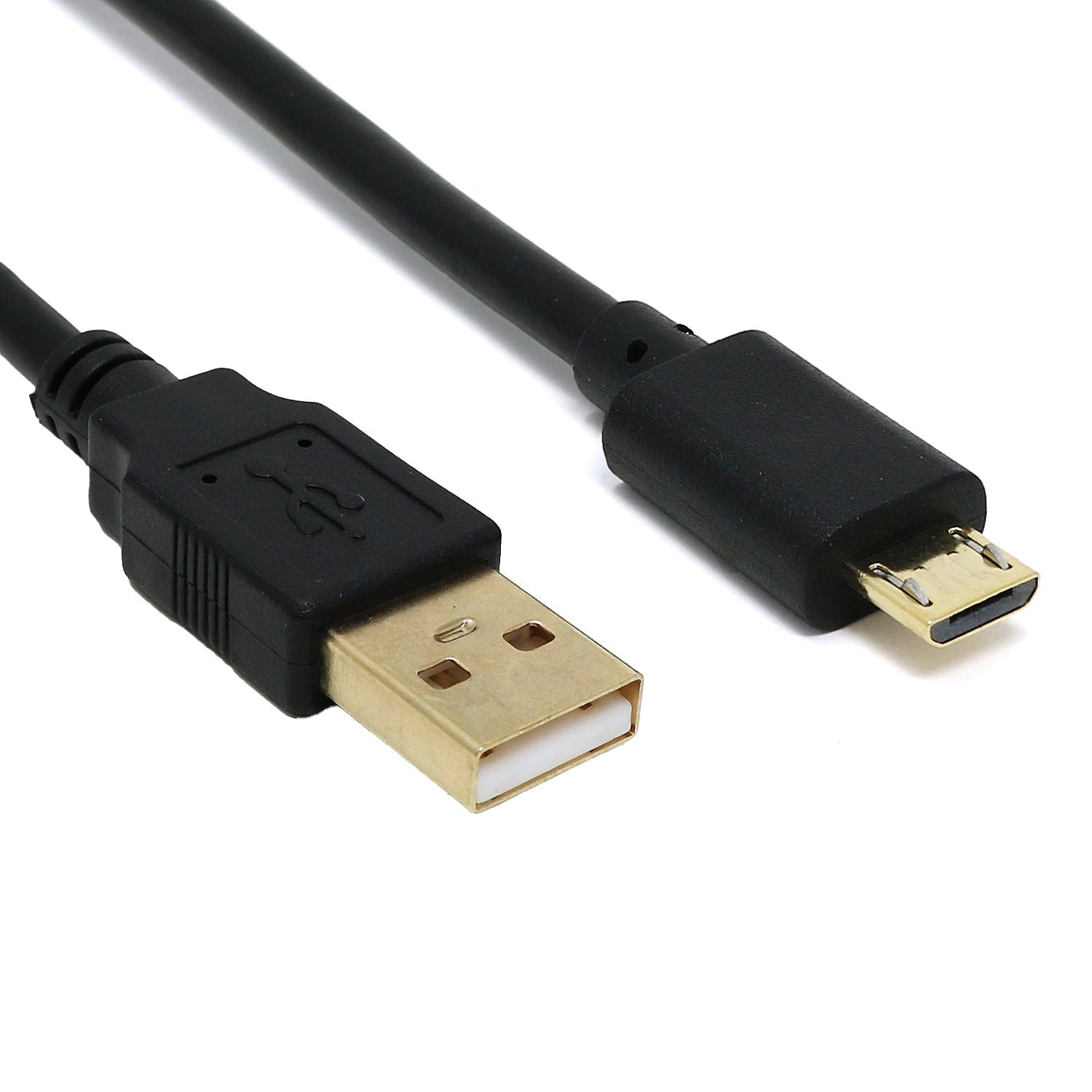![Arduino MKR GSM 1400 (without antenna) [discontinued] by Arduino - The Pi Hut](http://thepihut.com/cdn/shop/products/arduino-mkr-gsm-1400-without-antenna-arduino-abx00018-15734294315070.jpg?v=1646648116&width=1000)
![Arduino MKR GSM 1400 (without antenna) [discontinued] by Arduino - The Pi Hut](http://thepihut.com/cdn/shop/products/arduino-mkr-gsm-1400-without-antenna-arduino-abx00018-15734294183998.jpg?v=1646648119&width=1000)
![Arduino MKR GSM 1400 (without antenna) [discontinued] by Arduino - The Pi Hut](http://thepihut.com/cdn/shop/products/arduino-mkr-gsm-1400-without-antenna-arduino-abx00018-15734294118462.jpg?v=1646648286&width=1000)
Login / Signup
Cart
Your cart is empty
![Arduino MKR GSM 1400 (without antenna) [discontinued] by Arduino - The Pi Hut](http://thepihut.com/cdn/shop/products/arduino-mkr-gsm-1400-without-antenna-arduino-abx00018-15734294315070_1000x.jpg?v=1646648116)
![Arduino MKR GSM 1400 (without antenna) [discontinued] by Arduino - The Pi Hut](http://thepihut.com/cdn/shop/products/arduino-mkr-gsm-1400-without-antenna-arduino-abx00018-15734294183998_1000x.jpg?v=1646648119)
![Arduino MKR GSM 1400 (without antenna) [discontinued] by Arduino - The Pi Hut](http://thepihut.com/cdn/shop/products/arduino-mkr-gsm-1400-without-antenna-arduino-abx00018-15734294118462_1000x.jpg?v=1646648286)
Arduino MKR GSM 1400 is a powerful board that combines the functionality of the Zero and global GSM connectivity. It is the ideal solution for makers wanting to design IoT projects with minimal previous experience in networking.
Please note: This board does not ship with a SIM card. Compatible official Arduino antenna available here!
The Arduino MKR GSM 1400 takes advantage of the cellular network as a means to communicate. The GSM / 3G network is the one that covers the highes percentage of the world's surface, making this connectivity option very attractive when no other connectivity options exist. Whether you are looking at building a gateway to your own remote sensor network, or if you need a single device sending a text message when an event happens at the other side of the country, the MKR GSM 1400 will help you to quickly implement a solution to accommodate your needs.
The board's main processor is a low power Arm® Cortex®-M0 32-bit SAMD21, like in the other boards within the Arduino MKR family. The GSM / 3G connectivity is performed with a module from u-blox, the SARA-U201, a low power chipset operating in the de different bands of the cellular range (GSM 850 MHz, E-GSM 1900 MHz, DCS 1800 MHz, PCS 1900 MHz). On top of those, secure communication is ensured through the Microchip® ECC508 crypto chip. Besides that, you can find a battery charger and a connector for an external antenna.
Getting Started
The Getting Started section contains all the information you need to configure your board, use the Arduino Software (IDE), and start tinkering with coding and electronics. If you want to know more about Arduino’s MKRGSM API, check this reference page.
GSM and Arduino IoT Cloud
Arduino have made connecting to a GSM network as easy as getting an LED to blink. You can set or receive calls, send and receive text messages, and access data networks to exchange data with different types of servers. You can even create your own server operating on the GPRS data network! The specific set of examples we provide for the MKR GSM 1400 can be consulted at the MKRGSM library reference page.
It is also possible to connect your board to different Cloud services, Arduino's own among others. Here some examples on how to get the MKR GSM 1400 to connect to:
Ensuring Connectivity
The default option for the MKR GSM 1400 does NOT include a SIM card, you can hook up the board to any operator of your choice. However, if you are interested in a world-wide coverage option for your solution, at Arduino we have created the Arduino SIM - MKR GSM bundle. The package which includes the exclusive Arduino SIM card will get your board online from (almost) anywhere in the world and connect to the Arduino IoT Cloud (only). It is also possible to purchase the SIM card separately.
The Arduino SIM sends data only to the Arduino IoT Cloud. In this way, we provide you with a secure communication channel from device to dashboard. Once data reaches the Arduino IoT Cloud, it is possible to bridge it to other platforms and services via webhooks or the Arduino IoT API.
Resources
Tech Specs
| Microcontroller | SAMD21 Cortex®-M0+ 32bit low power ARM MCU (datasheet) |
| Radio module | u-blox SARA-U201 (datasheet) |
| Secure Element | ATECC508 (datasheet) |
| Board Power Supply (USB/VIN) | 5V |
| Supported Battery | Li-Po Single Cell, 3.7V, 2500mAh Minimum |
| Circuit Operating Voltage | 3.3V |
| Digital I/O Pins | 8 |
| PWM Pins | 13 (0 .. 8, 10, 12, 18 / A3, 19 / A4) |
| UART | 1 |
| SPI | 1 |
| I2C | 1 |
| Analog Input Pins | 7 (ADC 8/10/12 bit) |
| Analog Output Pins | 1 (DAC 10 bit) |
| External Interrupts | 8 (0, 1, 4, 5, 6, 7, 8, 16 / A1, 17 / A2) |
| DC Current per I/O Pin | 7 mA |
| Flash Memory | 256 KB (internal) |
| SRAM | 32 KB |
| EEPROM | no |
| Clock Speed | 32.768 kHz (RTC), 48 MHz |
| LED_BUILTIN | 6 |
| Full-Speed USB Device and embedded Host | |
| Antenna gain | 2dB (Antenna available here) |
| Carrier frequency | GSM 850 MHz, E-GSM 1900 MHz, DCS 1800 MHz, PCS 1900 MHz |
| Working region | Global |
| SIM Card | MicroSIM (not included with the board) |
| Length | 67.64 mm |
| Width | 25 mm |
| Weight | 32 gr. |
![Arduino MKR GSM 1400 (without antenna) [discontinued] by Arduino - The Pi Hut](http://thepihut.com/cdn/shop/products/arduino-mkr-gsm-1400-without-antenna-arduino-abx00018-15734294315070.jpg?v=1646648116&width=1000)
![Arduino MKR GSM 1400 (without antenna) [discontinued] by Arduino - The Pi Hut](http://thepihut.com/cdn/shop/products/arduino-mkr-gsm-1400-without-antenna-arduino-abx00018-15734294183998.jpg?v=1646648119&width=1000)
![Arduino MKR GSM 1400 (without antenna) [discontinued] by Arduino - The Pi Hut](http://thepihut.com/cdn/shop/products/arduino-mkr-gsm-1400-without-antenna-arduino-abx00018-15734294118462.jpg?v=1646648286&width=1000)





